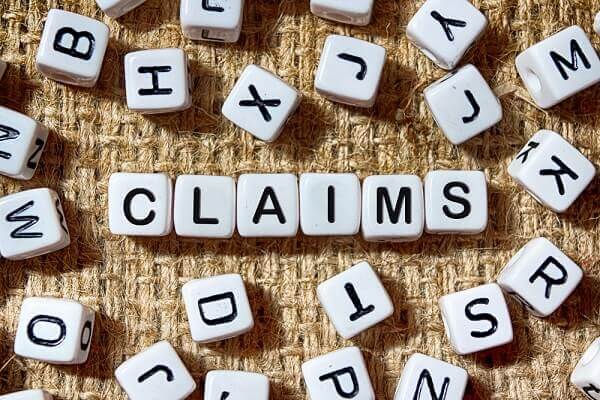Experienced Personal Injury Lawyers in Washington
In a personal injury case, the question of liability falls around who is responsible.
Negligence is the basis of all personal injury cases. It involves the failure to act prudently, which leads to an accident and causes an injury. A reasonable amount of care is expected of us in society, and this level of care can rise to a legal “duty.” Whether that means obeying the speed limit or not driving while intoxicated, these are standards of care used to determine if a person is negligent.
Breach of duty is one of the measurements to determine liability. However, a plaintiff must also establish:
- that the defendant caused the injury, and
- was the proximate cause of the injury as well.
The Foreseeability Factor in Bodily Injury Claims
Foreseeability determines the proximate cause in bodily injury cases. Courts use the foreseeability test to determine if the individual that caused an injury should have reasonably known the consequences of his or her actions.
How Do Foreseeability and Proximate Cause Work Together?
The scope of liability is based on predictability, the type of harm, and the extent of the injury. Foreseeability then determines if proximate cause applies in the case.
Unforeseeable Types of Harm
A person that causes an injury to someone else is not held responsible if that injury was not foreseeable.
For example, a person drops a bottle on the floor, and it breaks. However, they do not clean it up.
He or she would be liable if anyone slips and falls and cuts themselves in the broken glass pile. However, if that glass were to spark a fire from its reflection of the light somehow, that defendant would not be liable for the injuries associated with the fire, because there was no way for the defendant to foresee such an event.
Unforeseeable Manner of Harm
When an injury occurs, a person is not liable for any unforeseen superseding causes. A person could technically be negligent, but a superseding event after the fact is what caused the actual accident and injuries. Therefore, the original event and the person that was responsible for the original event may not be liable.
Superseding causes can include everything from criminal acts by a third party to acts of God and intentional acts of a third party.
What is Proximate Cause?
Proximate cause is the event that is related specifically to the injury and is the reason for that injury. For example, had a driver not driven intoxicated, they would not have run a red light and caused a serious accident. Therefore, the proximate legal cause was driving under the influence.
The courts determine the proximate cause by using what is known as the “but for” test. This test asks, “if the actions were not present, would the accident and injury have occurred?”
Speak with a Washington Injury Attorney Today
After a serious injury, the last thing you need to worry about is trying to determine proximate cause and foreseeability on your own.
Instead, turn to an injury attorney in Washington. The team from Brett McCandlis Brown & Conner, PLLC can assist you with your injury case. Meet with us for a free consultation today by calling 800-925-1875 or request more information online.


